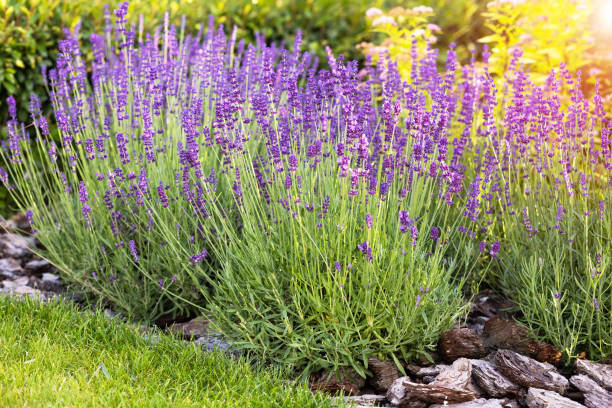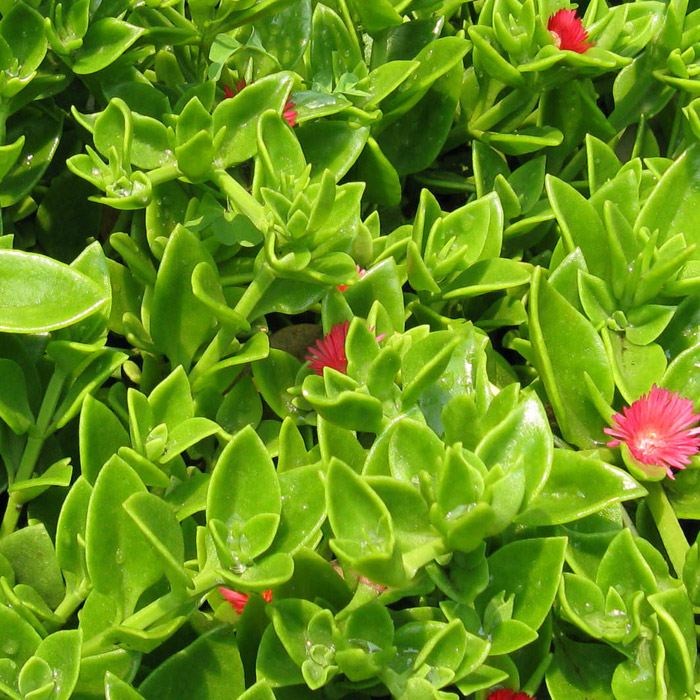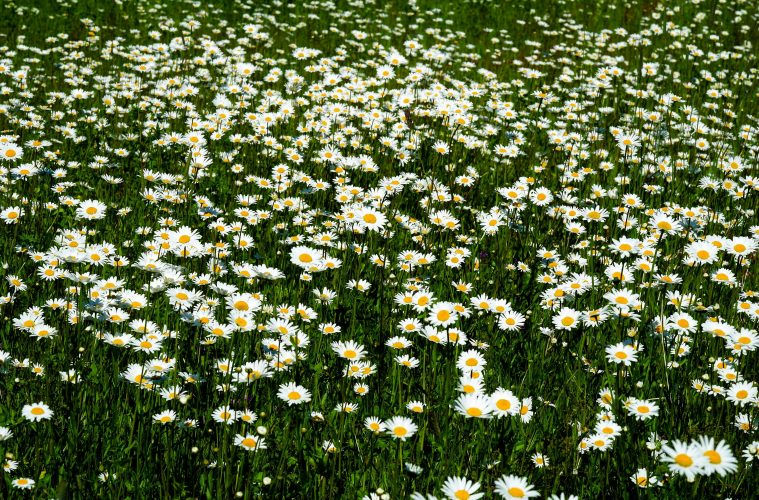Consider filling your empty garden patches that consistently need weeding maintenance with flowering groundcovers. Flowering groundcovers bring colour to any garden space and reduce maintenance.
They can be grown in between trees and shrubs, to beautify outdoor spaces and to keep weeds away.
Lavender
Lavandula commonly known as lavender is a genus of 47 known species of perennial flowering plants in the mints family, lamiaceae. Is a fragrant flowering ground cover found across the drier, warmer regions of mainland Eurasia, with an affinity for maritime breezes.

Image Credit: Pexels
Licorice plant
Licorice plant (helichrysum petiolare spp.) commonly known as kooigoed, silverbush, or everlasting flower, is characterized by its small leaves and thin stems. . It is a subshrub native to the Cape Provinces of South Africa, where it is known as imphepho, and to Angola, Zambia, and Zimbabwe.
The trailing plant thrives in hot, humid weather and tolerates drought well. In the summer heat, the licorice plant’s leaves may occasionally project the smell of licorice, hence its common name. Additionally, its fuzzy, scented foliage prevents pests from bothering the plant.
Baby sun rose
Baby sun rose (mesembryanthemum cordifolium) is an evergreen and fast-growing succulent that is in the iceplant family. The roots are fleshy and thick. This is a succulent, creeping, short-lived, mat-forming perennial herb growing in flat clumps on the ground from a woody base.
Plants only rise to about 10 centimeters. Flowers bloom primarily from spring to fall. The fruit is a capsule of little more than one centimeter in length with millimeter brown tuberose seeds.

Image credit: Pixabay
Flowering groundcovers are a beautiful and practical solution for filling empty garden spaces while reducing maintenance.
Plants like lavender, licorice plant, and baby sun rose not only add color and texture but also offer additional benefits such as drought tolerance, pest resistance, and even cultural significance. By incorporating these hardy, low-growing plants into your garden, you can create a lush, vibrant landscape that requires minimal upkeep while attracting pollinators and enhancing biodiversity.
Whether you’re looking for fragrance, resilience, or an eye-catching ground cover, these plants provide a perfect balance of beauty and function.
ALSO SEE: GROUNDCOVERS – THE GREEN CARPET FOR YOUR GARDEN
Featured image: Pixabay


